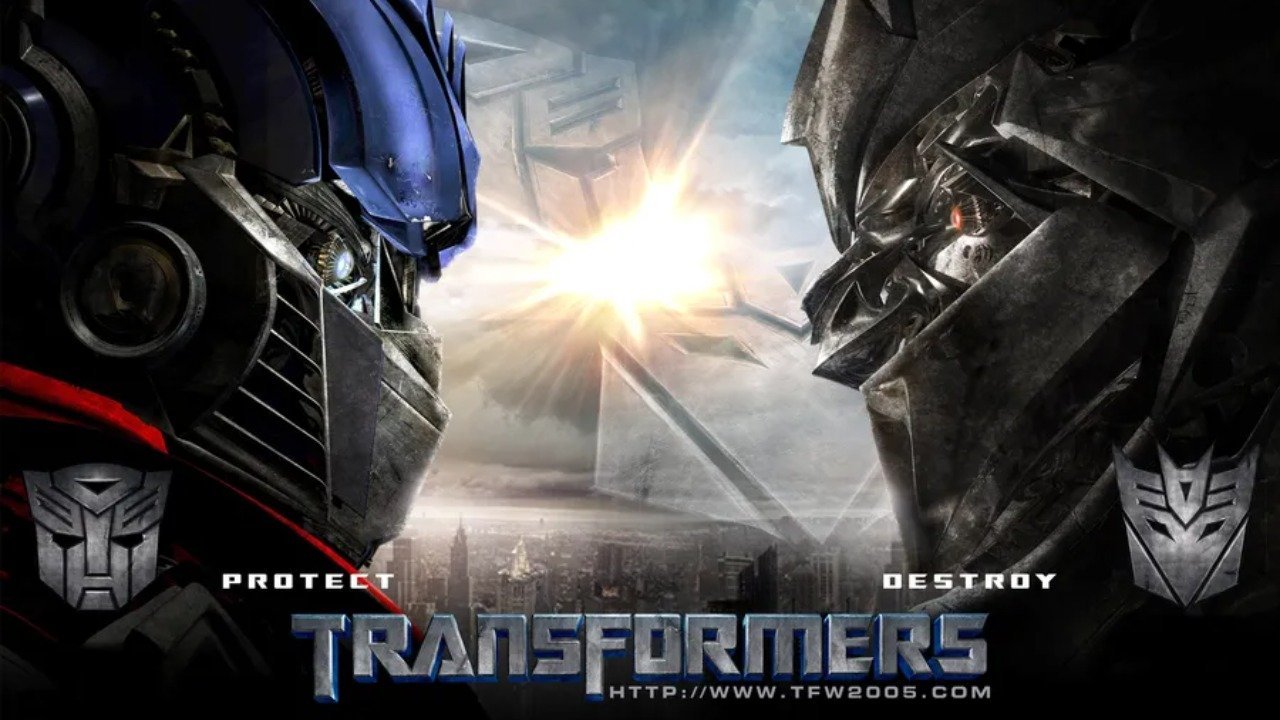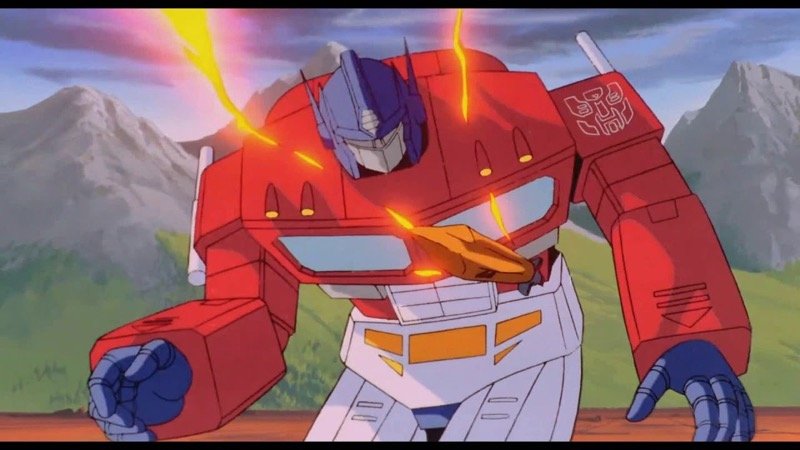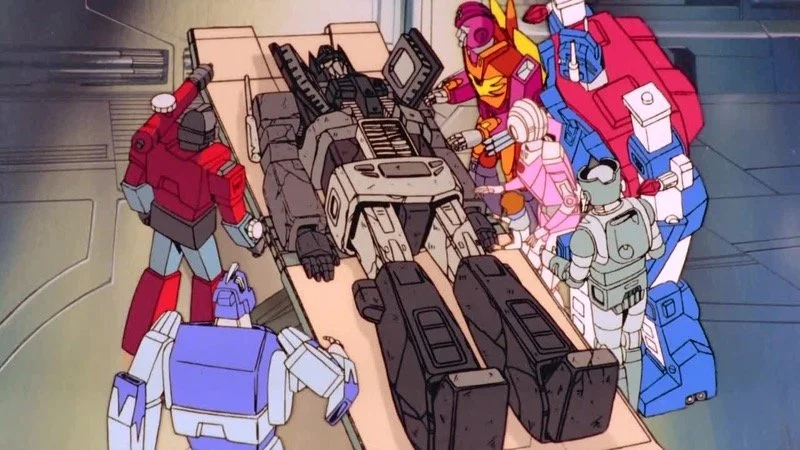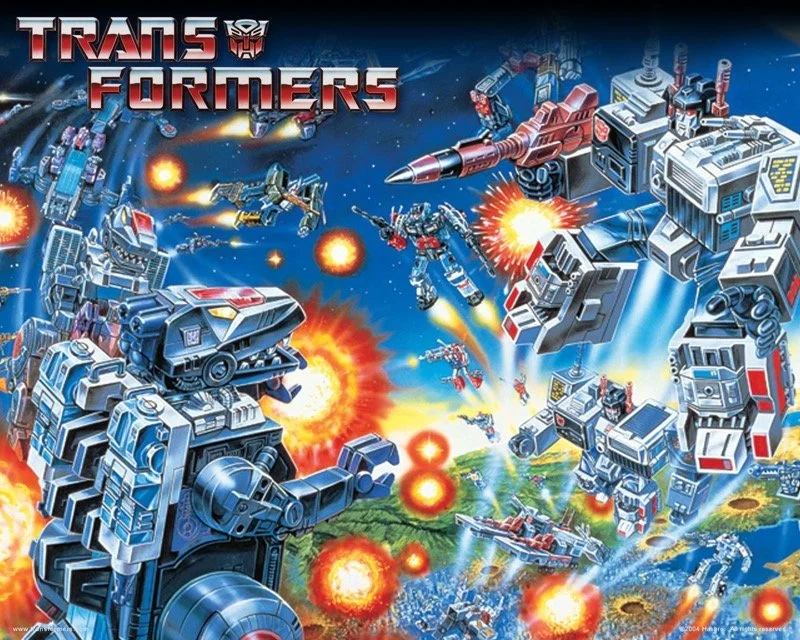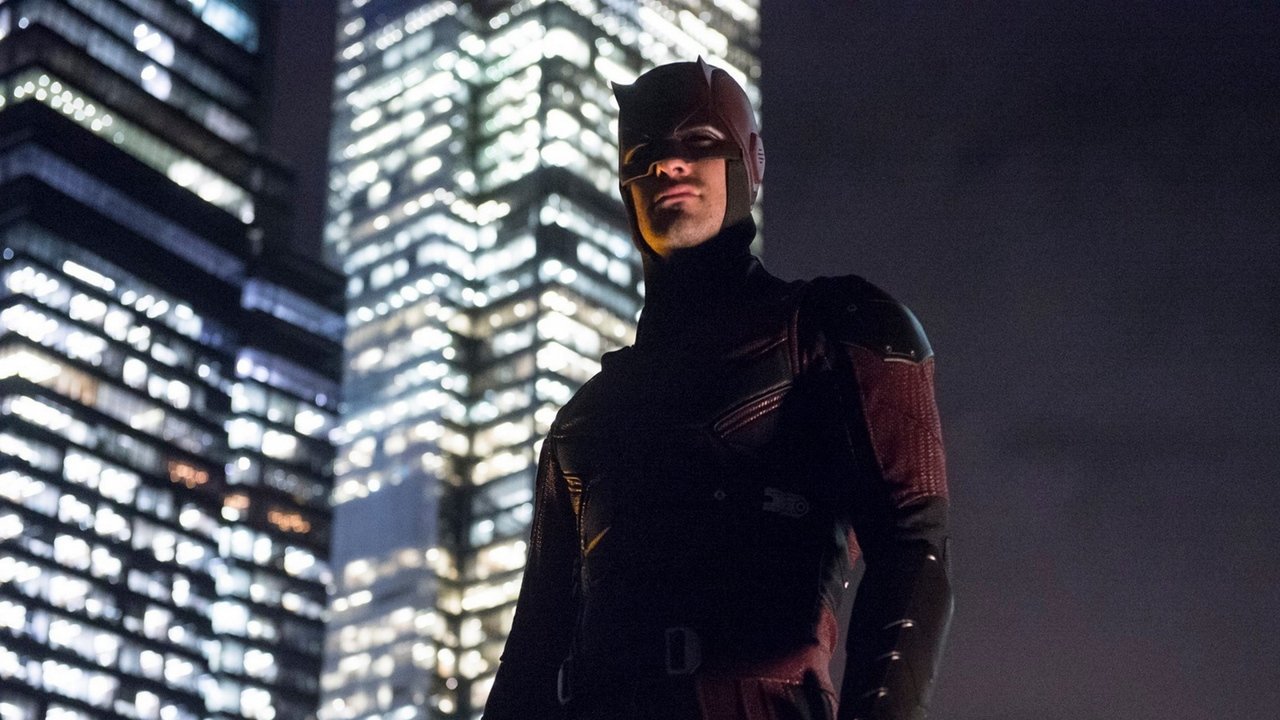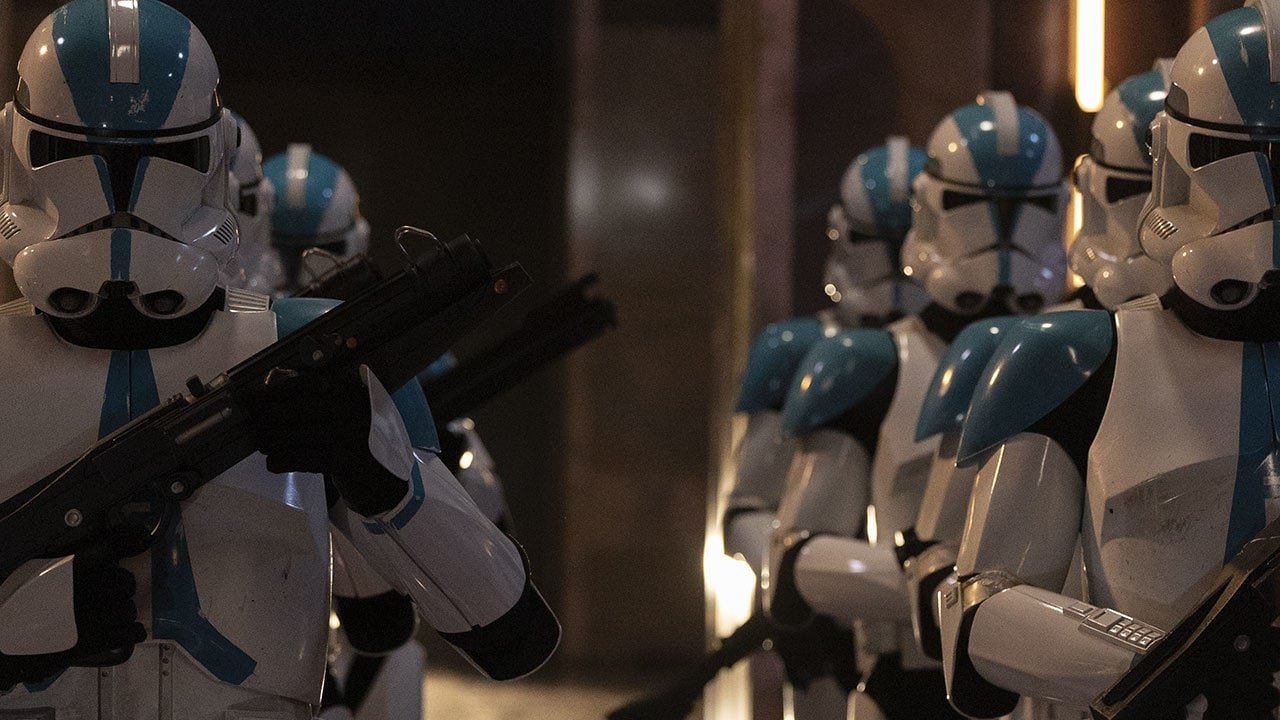Why Transformers G1 Cartoon Is More Than Meets A "Toy Commercial"
Image Source: Wallpapers.com
“Autobots! Transform and roll out!”
I, like many other kids growing up in the 1980s, became heavily invested in Transformers, toys that could transform from various kinds of vehicles and objects into robots and back again. I became equally invested in the accompanying animated cartoon series, The Transformers, which debuted in 1984 and ran for approximately three seasons (a fourth one started, but the series was inexplicably canceled after the opening miniseries), spawning a comic book series, an animated movie in 1986, set between seasons two and three of the series.
There have been countless iterations to this very day, including a live-action film franchise. However, it was this first series, commonly referred to as Generation One (or G1), that was the most impactful to me, so much so that I still routinely watch the movie, as well as binge the series, which is currently available to stream free on YouTube, Tubi, and PlutoTV, along with other Transformers series.
RELATED:
It is true and accurate to say that the original G1 The Transformers animated cartoon series was intended to market the Transformers toys to kids like me of that era. This was especially true of the 1986 animated movie, The Transformers The Movie, which specifically killed off a number of the original first season characters, including the leader of the heroic Autobots, Optimus Prime, and introduced several new characters for an updated new line of Transformers toys and a new season of the animated series.
Although The Transformers The Movie has since become a cult classic among fans of the Transformers and is still screened regularly at Transformers conventions, it performed poorly at the box office upon its release and was critically panned as a movie-length toy commercial. However, I have always felt that such criticisms have sold both the original animated series and the film short. I still find both of them meaningful and full of valuable themes and important moments that elevate the franchise above just being a “toy commercial.” I will discuss these in this article.
Teamwork
Image Source: IMDb
The quintessential value of the original G1 Transformers series was Teamwork, exemplified by the Autobots and their allies banding together against the Decepticons. Every week of the series, the evil Megatron and his Decepticons and, later, other villains such as the Quintessons, hatched a new plot to steal Earth’s energy resources, destroy the Autobots, conquer Earth and the universe writ large and each week, the Autobots and their human allies pulled together to stop whatever nefarious plot their opponents had hatched pooling their talents and resources and ingenuity into thwarting their evil schemes. Even when the Decepticons seemed to be on the verge of achieving total victory, the Autobots still pulled together as a team and, using their unique talents, ultimately prevailed against the Decepticons every time.
On some occasions, the two opposing camps had to team up to stop a dire threat that could destroy them all, including “Countdown to Extinction” where Optimus Prime and Megatron had teamed up to stop Starscream’s plan to destroy the Earth. In “The Insecticon Syndrome”, Optimus Prime and Megatron had to team up to stop the Decepticon-allied Insecticons from destroying themselves and everybody else with the massive energy they had consumed earlier in the episode. In The Transformers The Movie, Galvatron initially tried to join forces with Hot Rod to destroy Unicorn, as did the rest of the Autobots and Decepticons. However, Galvatron was psychically punished by Unicron and ultimately forced to fight Hot Rod. In Five Faces of Darkness Part 5, the Decepticon warrior Blitzwing teamed up with the Autobots to save all of the Transformers from the Quintessons’ plot to retake Cybertron, resulting in him being banished from the Decepticons in the process.
In “The Killing Jar”, Ultra Magnus, Captain Merissa Faireborn, and Wreck-Gar had to ultimately team up with Cyclonus and a Quintesson scientist to save themselves from falling into a black hole. In “Call of the Primitives”, the Dinobots and other “primitive” Autobots and Decepticons were called together to defeat a galactic menace called Tornedron. Finally, in “Return of Optimus Prime Part 2”, a resurrected Optimus Prime had to team up with Galvatron to get to a material that the Decepticons had stolen earlier to save the entire galaxy from a hate plague.
Sacrifice
Image Source: YouTube
Sacrifice was a frequent theme in the series, and no character put themselves at risk of death or injury more often than Autobot leader Optimus Prime, ultimately even giving his life in a valiant effort to defend his comrades against a violent attack by the Decepticons on Autobot City in The Transformers The Movie. The number of times Optimus Prime puts himself at risk to protect Earth and the galaxy against the Decepticons throughout the series is almost too many to mention. However, other Autobots and their human allies such as Spike Witwicky, Sparkplug Witwicky, Carly, Chip, Daniel Witwicky, and Captain Merissa Faireborn also frequently put their lives on the line to save the day from the Decepticons and protect their friends.
In “Fire in the Sky”, Skyfire defected from the Decepticons and sacrificed himself to save Earth from a new ice age being caused by the Decepticons. In The Ultimate Doom miniseries, Spike volunteered for a mission to Cybertron to save his father, who had become a Decepticon slave, and to figure out how to free the other humans enslaved by the Decepticons. In the two-part “Desertion of the Dinobots”, Spike, and Carly traveled to Cybertron to help get the Autobots the Cybertonium they need to survive. In “The Five Faces of Darkness Part 5”, Spike reactivates the Autobots after the Quintesson plot to deactivate all Transformers nearly succeeded.
Death
Image Source: Docmanhatten
The Transformers The Movie was notorious for killing or changing several Transformers into new ones. Within the first twenty minutes of the film, several Autobot characters that had been featured in the first two seasons of the series were unceremoniously wiped out by Megatron and his Decepticons, not the least of which was the valiant leader of the Autobots, Optimus Prime, something that my ten-year-old self had a difficult time accepting at the time. Some of the Decepticons who had been mortally wounded during the battle, such as Megatron, were later “re-formatted” or changed by the main villain, Unicron, into different Transformers.
The actual reason behind killing off or changing several of the Transformers in the movie was essentially a corporate one for Hasbro to refresh the toy line and series with newer Transformer toys, many of whom were prominently featured in the movie. Despite this, Hasbro found themselves unexpectedly dealing with a massive backlash from the decision by fans, most of whom were kids like me, who were particularly devastated by the death of Optimus Prime.
However, as devastating as it was to me, death is nonetheless a reality of life that everybody is exposed to and has to learn how to deal with at some point. As such, it was a gutsy move to kill off characters, especially Optimus Prime, but, ultimately, I think that it gave the movie more gravitas and drastically upped the stakes for the rest of the characters. Also, seeing Optimus Prime die was not my first exposure to the death of a major fictional character while I was a kid. I had already seen Spock sacrifice himself to save his friends and the crew of the Enterprise in Star Trek II: The Wrath of Khan, however, having been more of a dedicated Transformers fan at the time, the death of Optimus Prime affected me much more deeply, with it probably being one of the rare occasions that a movie, especially a cartoon, made me cry.
Image Source: Wallpaper Safari
The Transformers (G1) series could occasionally be “commercial”, silly, and produce poor-quality episodes, both in terms of animation errors, continuity errors, or poor storylines, like City of Steel, B.O.T. Carnage in C-Minor, just to name a few episodes that most fans consider bad ones. However, the series mostly had several great episodes with good themes that have endeared it to fans, especially people like me who grew up with it in the 1980s, as well as its several reboots and spinoffs over the years. Because of its enduring legacy, it should be impossible to regard Transformers G1 as having been nothing more than a “toy commercial.”
READ NEXT:


